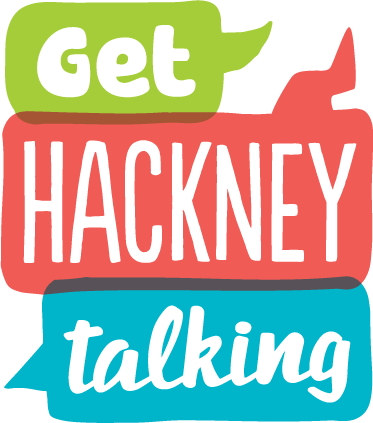What is “Language for Thinking”?
“Language for Thinking” is an approach to help children develop their thinking and language skills. It was developed by two experienced Speech and Language Therapists, Stephen Parsons and Anna Branagan, and is used widely across schools in Hackney and the UK.
How can I use “Language for Thinking” with my child?
You can use this approach at home when you read books with your child, or when you watch videos or TV.
You can use the questions below to help guide your conversations about stories you have read or watched:
- Who are the main characters in the story?
- Where is the story set?
- When is the story set?
- Can you tell me what happened in the story?
- What might [insert character name] say?
- What do you think will happen next?
- How does [insert character name] feel?
- Why do you think [insert character name] said/felt/did that?
- What could [insert character name] do to help [insert character name]? e.g. “What could Anna do to help Elsa?”
- How do you know [insert character name] is angry/frustrated/happy/sad? e.g. “Why is Buzz feeling angry?”
- Why can’t [insert character name] …….? E.g. “Why can’t Dumbledore help Harry?”
- Why shouldn’t [insert character name] do that?
If your child finds the question difficult you can help them to look for clues in the story:
“Look at their faces, they are smiling that means they are happy.”
“Can you remember what just happened? Yes, the boy broke the girl’s doll, so I think she will be sad.”
“It’s the girl’s birthday, how do you feel on your birthday? Yes, you feel happy and excited, so I think the girl is also feeling happy.”
“Do you remember when you fell over, what did Mrs Jones in the office do to help you? Yes, she took you to the medical room and gave you an ice pack. So, what could the boy do to help the girl who has just fallen over?”


